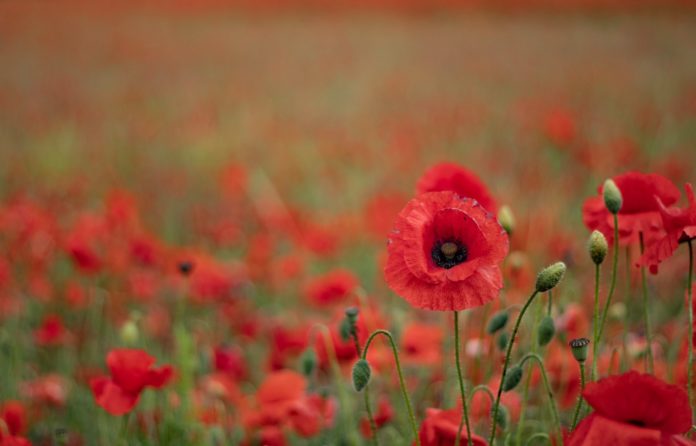Remembrance Day in Canada marks the day we, as a country, honour those that have served and sacrificed. The reality is that injured and disabled veterans require the Government of Canada to honour its commitments of recognition and support every other day of the year as well.
Regardless of what people think about the armed forces and its efficacy, Canada requires a military to meet its domestic and international security needs. The Canadian Armed Forces currently has 71,500 regular members, 30,000 reserves and 5,200 rangers that patrol the North, coastal, and isolated areas of our nation. As of March 31, 2020, Veterans Affairs Canada (VAC) estimated the total veteran population in Canada to be over 600,000 veterans.
Since the end of World War II, VAC, our nation’s governing body for military veterans, has been segregating veteran groups based on their service. VAC considers those who served in the two world wars to be war service veterans, offering them more benefits and money compared to other veteran demographics.
All other veterans, including those who served in the Cold War, Afghanistan, or on other peacekeeping missions are separated from the war service veterans by the New Veterans Charter (NVC), the current Pension for Life program (PFL), and have considerable restrictions on what they can receive. Often, a single, severely discounted cash payout is offered with no future government obligations available. Many veterans are seduced by the buyout and are not informed that they will no longer be covered by VAC.
Veterans have fought legal battles against the NVC and PFL because they believe these fall short of veteran needs and severely cut back on the support and services promised by the government. To defend itself, the government has dished out more than $38 million in a two year period for legal battles when that money could be spent on veterans and their support and services.
Military services often carry a heavy price, requiring the individual, their families, and, in some cases, their communities to help shoulder the burden of their injuries. The Canadian government offers juicy lip service espousing assistance and services, but the reality is that thousands of veterans are left waiting more than double the promised time to have their claims reviewed — with no guarantee that they will be accepted or approved for benefits.
There are few options when claims are denied. The appeal process to VAC’s Veterans Review and Appeal Board (VRAB) requires another lengthy process that draws complaints from veterans because wait times can be extreme, causing veterans and their families to suffer unnecessarily. The conflict between the federal government, VAC, and veteran communities has continued to evolve based on an understanding that Canada supports its veterans. The Veterans Affairs website publishes their commitment to veterans as:
“To support the well-being of Veterans and their families, and to promote recognition and remembrance of the achievements and sacrifices of those who served Canada in times of war, military conflict, and peace.”
Yet, veterans of the modern era have received more dishonour than honour from Canada. Most can remember the fury that Prime Minister Justin Trudeau received when he answered a question from Brock Blaszczyk, a Canadian veteran who lost his leg in an explosion in Afghanistan.
When asked, “Why are we still fighting against certain veterans’ groups in court?” Trudeau answered, “Because they are asking for more than we are able to give right now.” However, he left out the fact that his government reneged on more than $372 million allocated for veterans and their families.
Of Canada’s 629,300 military veterans, only 19 per cent (119,567 veterans) are being serviced by Veterans Affairs Canada. Many of those veterans struggle with a variety of service-related physical and mental health conditions and social issues such as PTSD, addictions, domestic violence, homelessness, suicide, and military civilian transition (MCT).
Occupational stress injuries (OSI) contribute to chronic medical and mental health conditions. According to the Canadian Armed Forces Morale and Welfare Services, OSI are “any persistent psychological difficulty resulting from operations in the military. Those operational duties can include training incidents, domestic operations and international operations.”
If it takes a village to raise a child, it takes a country to transition a veteran back into civilian life. Military service members volunteer to do a job few want to do with the understanding that the Canadian government pledges to look after those that serve and sacrifice. Unfortunately, this is not always the case. Please take some time to consider the sacrifice veterans have made this Remembrance Day.
Image: Fraizer Dunleavy on Unsplash
Steve is a third-year BFA creative writing/visual arts student who’s been a contributing writer, staff writer and now an editor at The Cascade. He's always found stories and adventures but now has the joy of capturing and reporting them.


